With the additional seating aft of the center thwart you can slide around the tiller between tacks and shift your weight aft.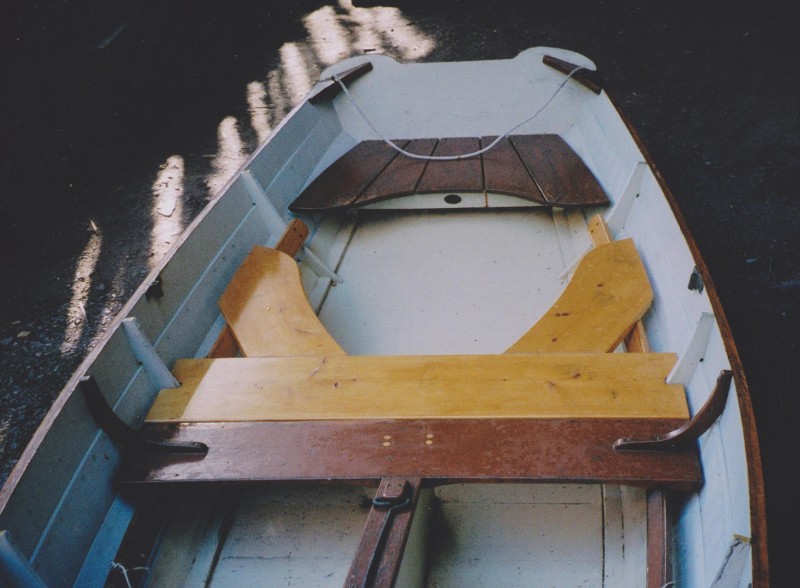 Harry Bryan
Harry Bryan
Join The Conversation
We welcome your comments about this article. To include a photo with your remarks, click Choose File below the Comment box.
Comments (4)
Comments are closed.

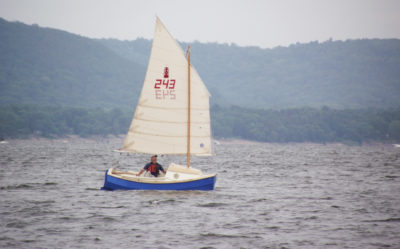
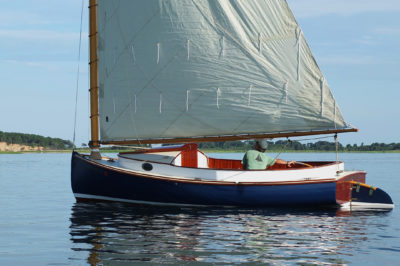
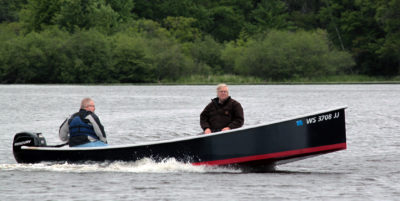
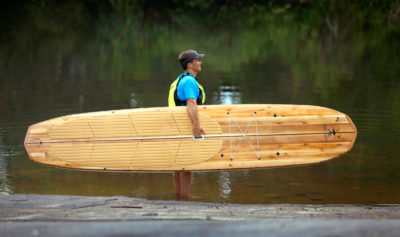
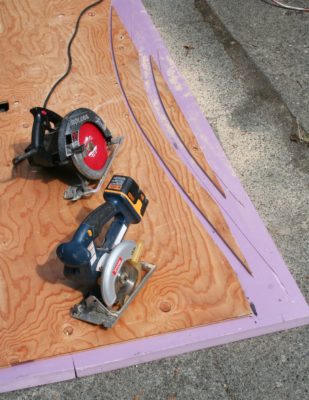
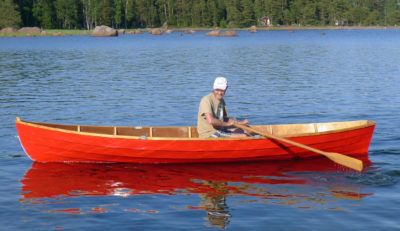


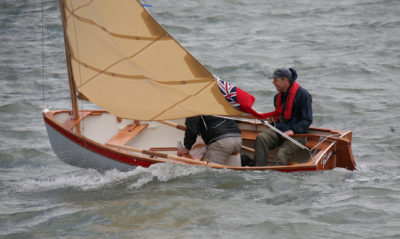
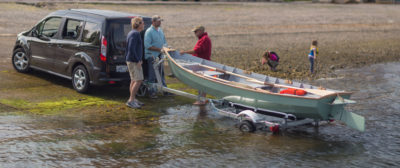
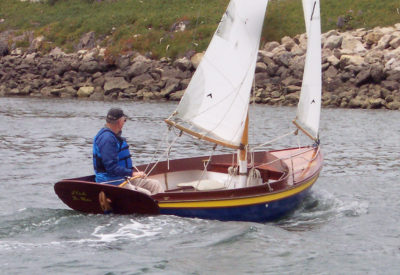
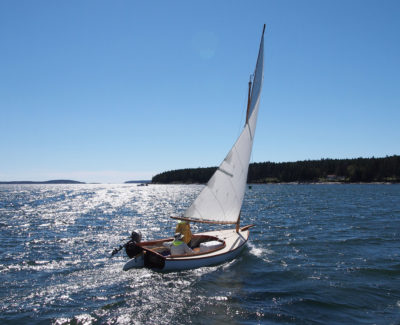
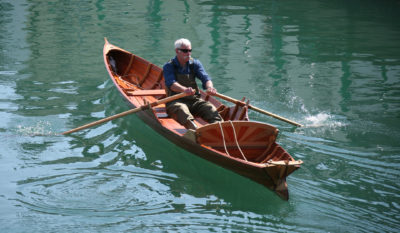
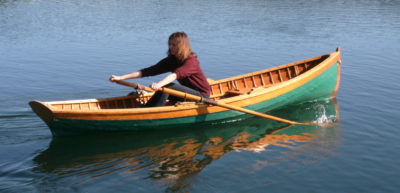
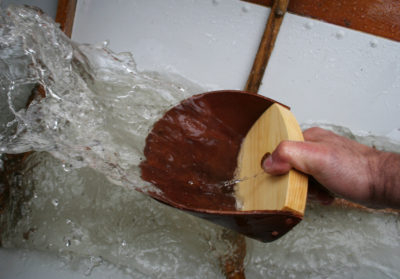

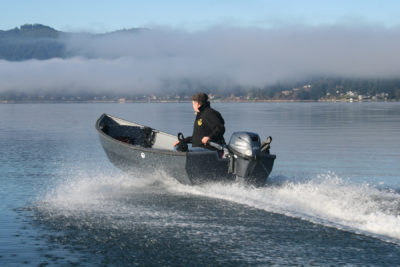
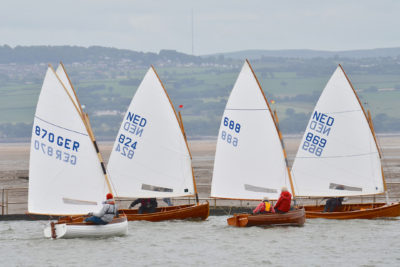


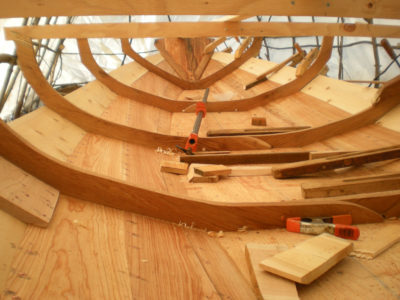
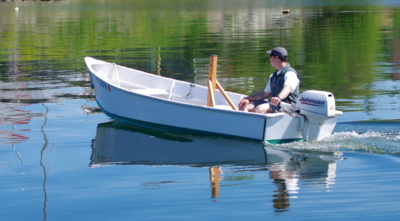
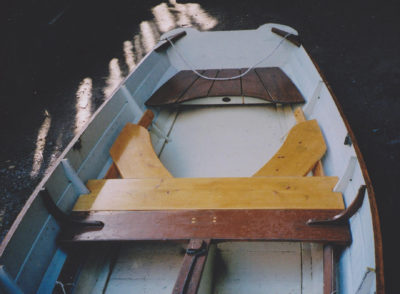
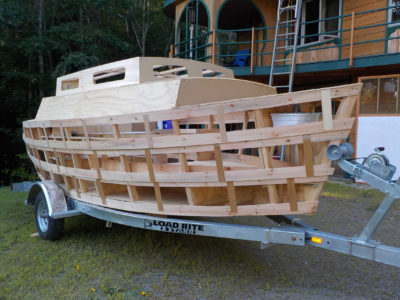
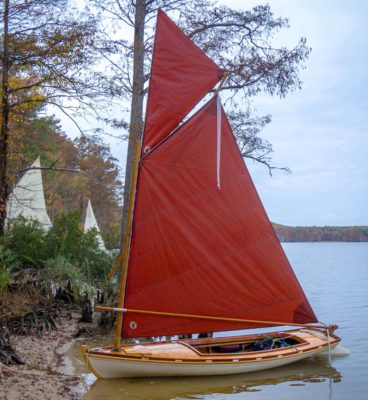
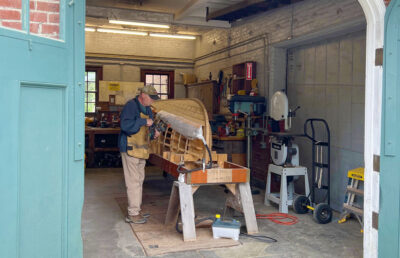
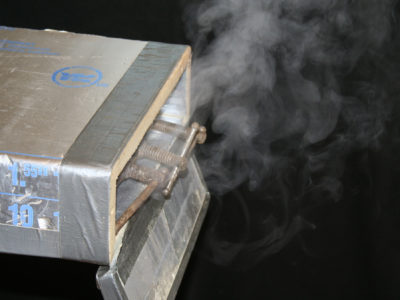
Tiller extensions make moving around real easy. My favorite for a traditional wooden boat is an old bamboo ski pole with a line coming out the end. The line goes through a hole in the tiller then is tied off. A little lashing around the pole where the line comes out keeps it from splitting. PVC pipe works great as well but doesn’t have the same look. The short line coming out the end gives you a universal joint very much like the modern rubber tiller-extension hardware used on high-tech dinghies.
With a skiff like Harry’s, seats don’t have to be fastened down. My forward skiff seat is a board that simply rests on the seat railing.
This article is a good one. Comfort is very important in a small boat.
I’m at an age where I’m not quite as flexible as I once was, and at a time of life when a day job does not get so much in the way of going sailing, the internal layout of my boats has become much more important. My voyages in small boats are getting longer and longer, so in my shop I’ve mocked up a seating arrangement that is the best possible fit for me and anything that I build from here on will conform to that mockup.
But guess what, I found a dog’s bed, a small washable beanbag, to be a wonderful addition to the boat’s accoutrements. It’s a movable mini armchair that I can make conform to pretty much any shape I need. Worth trying.
John Welsford
http://www.jwboatdesigns.co.nz
Over the winter of 2011-2011, the Great Lakes Boatbuilding School built a Wittholz 11′ Catboat for me from plans I bought from the WoodenBoat Store. The boat was featured in the 2011 edition of Small Boats. One of the things they did was to add fore-and-aft seats on each side of the interior, connecting the center thwart and the sternsheets. These seats were intended to address the problem referenced in Harry Bryan’s article and they work. In addition to allowing me to slide fore and aft as needed to adjust trim under sail, they provide a nice place to brace my feet when I’m close reaching in the glorious sea breeze we enjoy most summer afternoons in northwest Michigan.
I agree with Mr Welsford, I have been using beanbags in small boats for about 10 years. A nice big one, like a chair, for solo sails and two smaller ones for company.